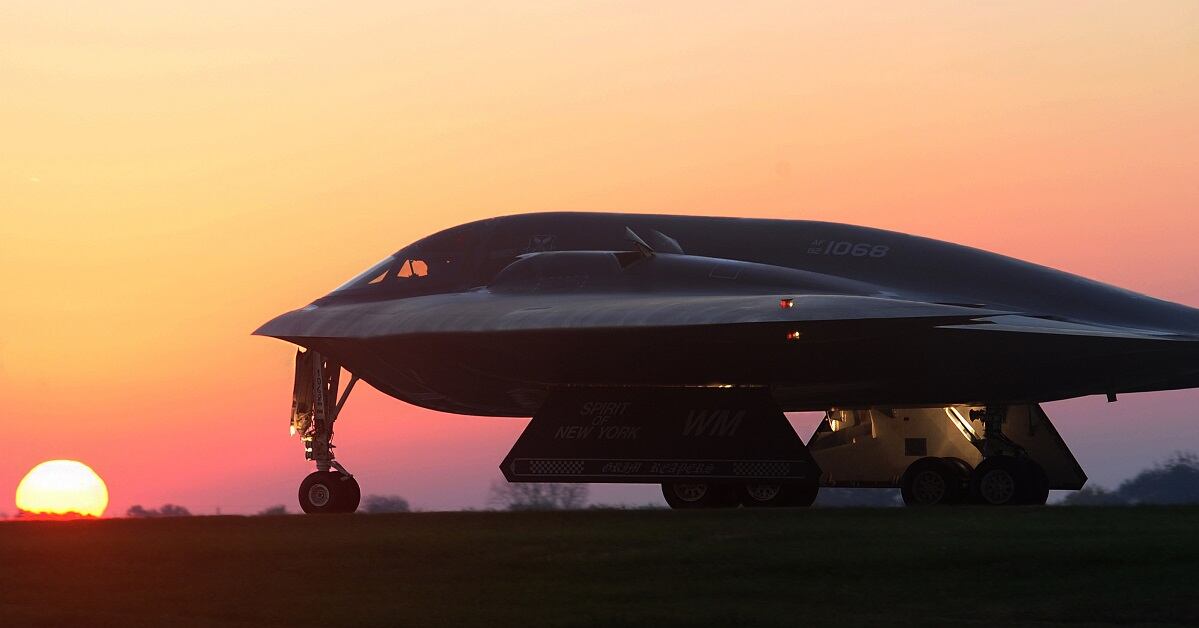WASHINGTON — After years of delays and technical issues, the Air Force is restructuring a key B-2 modernization program, transforming it from a suite of technologies meant to help the bomber evade Russia and China into a less ambitious cockpit display upgrade.
In the Air Force’s fiscal year 2021 budget request, the service zeroes out the Defensive Management System Modernization program, or DMS-M, over the next five years. Instead, it intends to put about $155 million toward a cockpit upgrade that will include a more advanced graphics processor and modernized displays.
“Delays in the acquisition of B-2 DMS-M reduced return on investment,” the Air Force explained in budget documents. “In response to this shifting timeline, the Air Force realigns funding to address reliability and sustainment of the B-2 cockpit display system until end-of-life, while developing new capabilities aligned to the National Defense Strategy.
RELATED

According to the budget, restructuring the DMS-M program will save the Air Force about $327.9 million in fiscal 2021. However, it comes at a cost to the aircraft’s future survivability, omitting new antennas and avionics that help detect and identify ground-based air defense systems and other threats.
Last October, Bloomberg reported the DMS-M program was three years behind schedule, and that it would take until at least September 2024 to upgrade eight of the 20 operational B-2s. As of August, one B-2 had received the DMS-M modifications, said Richard Sullivan, B-2 program manager for prime contractor Northrop Grumman, during a 2019 briefing.
The Air Force has opted to invest in the advanced processor because the current system lacks the power to provide situational awareness to B-2 crews, making them more vulnerable in environments with dense surface-to-air threat. Further, the cockpit display upgrades are also necessary because legacy display units are “not supportable” due to ongoing parts obsolescence and maintenance problems, the budget read.
“Without this program, display availability will severely impact aircraft availability”—a major challenge for the B-2 fleet, one of the Air Force’s smallest at only 20 planes.
DMS-M is just one of the upgrades planned to keep the B-2 in the run up to the fielding of the Air Force’s newest bomber, the B-21 Raider. The Raider is expected to fly as early as December 2021, with initial operational capability planned in the mid-2030s.
“The Air Force continues to execute over $1.3 billion in B-2 modernization efforts including armament upgrades, communications upgrades, and low-observable signature and supportability modifications to address obsolescence,” Air Force spokesman Capt. Clay Lancaster said in a statement to Defense News.
Valerie Insinna is Defense News' air warfare reporter. She previously worked the Navy/congressional beats for Defense Daily, which followed almost three years as a staff writer for National Defense Magazine. Prior to that, she worked as an editorial assistant for the Tokyo Shimbun’s Washington bureau.






